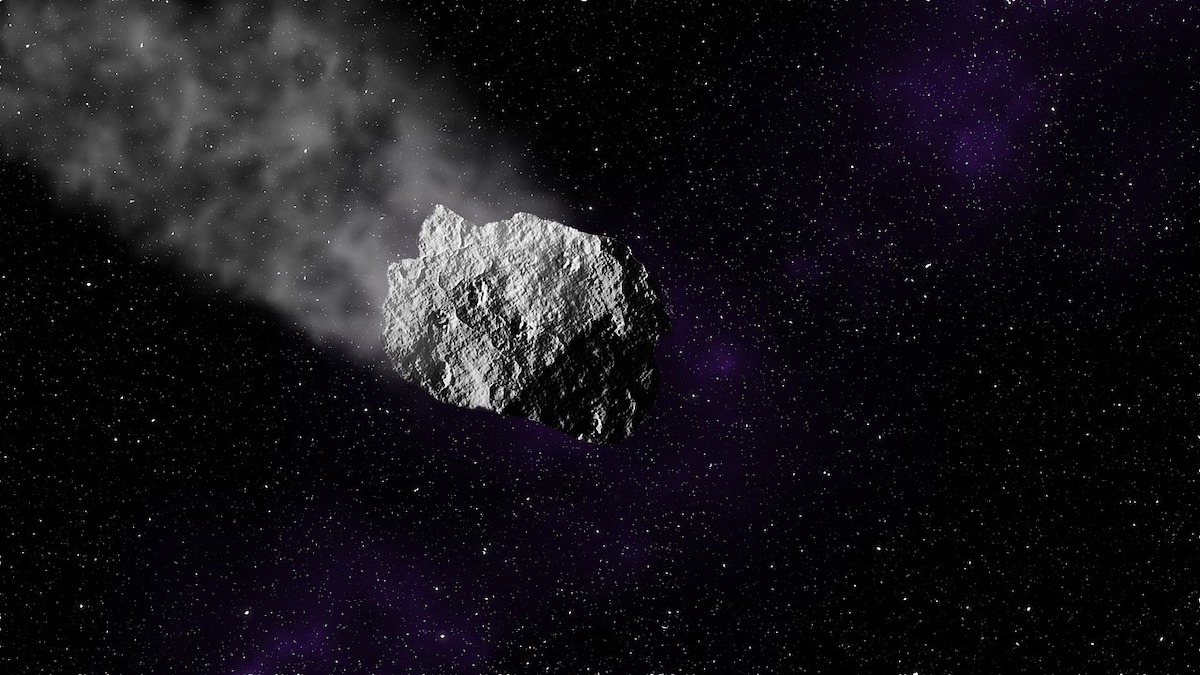Overview:
Astronomers studying near-Earth objects have a lot on their plate in addition to countering misinformation about asteroid danger.
I was first introduced to astronomy research through the study of Near-Earth Objects (NEOs), when I attended the Yale Summer Program in Astrophysics as a high schooler. I liked to think of it as a kind of astrophysical babysitting project: we kept an eye on our assigned baby asteroid every night, watched its movements, and, obviously, integrated its trajectory over the next 10,000 years.
Fortunately for humanity, we finally determined that our asteroid would not pose a threat to humanity in the foreseeable future.
My harmless little asteroid, however, was only one of at least 29,324 near-Earth objects, according to NASA’s Center for Near-Earth Object Studies (CNEOS).
NEOs are defined as asteroids and comets that approach the Earth at a distance of 1.3 AUs or less—where 1 AU is the average distance between the Earth and the Sun.
One near-Earth asteroid that has generated buzz over the last few days is the recently-discovered 2022 OE2, which is notable due to its large size (comparable to the Empire State Building) and its relatively close approach to Earth.
Dr. Paul Chodas, the director of CNEOS, was quick to emphasize what “relatively close” actually means in astronomical terms. In an email to OnlySky, Dr. Chodas stated that the asteroid would approach Earth “at just over 13 times the distance of the Moon… that’s about 5.2 million kilometers or 3.2 million miles… Even though it was discovered just days ago, we already know its trajectory quite well, and we know it’s not on a collision course.”
Astronomers studying NEOs spend much of their time looking into the future, using mathematical models to predict asteroids’ trajectories for the millennia to come. Objects that get particularly close, such as 2022 OE2, are classified as Potentially Hazardous Asteroids, or PHAs. While these objects’ orbits may pose a potential threat in the future, the likelihood of this happening in our lifetime is very slim.
Dr. Chodas noted that, while 2022 OE2 is not a significant danger, its discovery “reminds us of the hazard posed by the asteroids of similar size (and larger) that we have not yet discovered. Astronomers have found roughly 40% of the near-Earth asteroids that are 140 m and larger: there’s clearly more work to be done in finding the rest. NASA has a mission called NEO Surveyor whose express purpose is to find as many as possible of the remaining population of NEOs of that size.”
Astronomers have found roughly 40% of the near-Earth asteroids that are 140 m and larger: there’s clearly more work to be done in finding the rest.
NEO Surveyor, a telescope set to launch in 2026, will greatly increase the scope of this search due to its increased sensitivity and infrared detection range. Typically, astronomers cannot detect NEOs until they reach the point in their orbit where they are closest to the Earth and shine the most brightly.
The telescope will also collect additional information about NEOs, such as measuring their sizes, shapes, and composition.
While it may be jarring to hear that a large number of near-Earth asteroids have yet to be discovered, rest assured that astronomers have it under control, with other recent programs such as NASA’s Double Asteroid Redirection Test, which launched in 2021. We probably won’t recreate the fate of the dinosaurs for at least a little.
